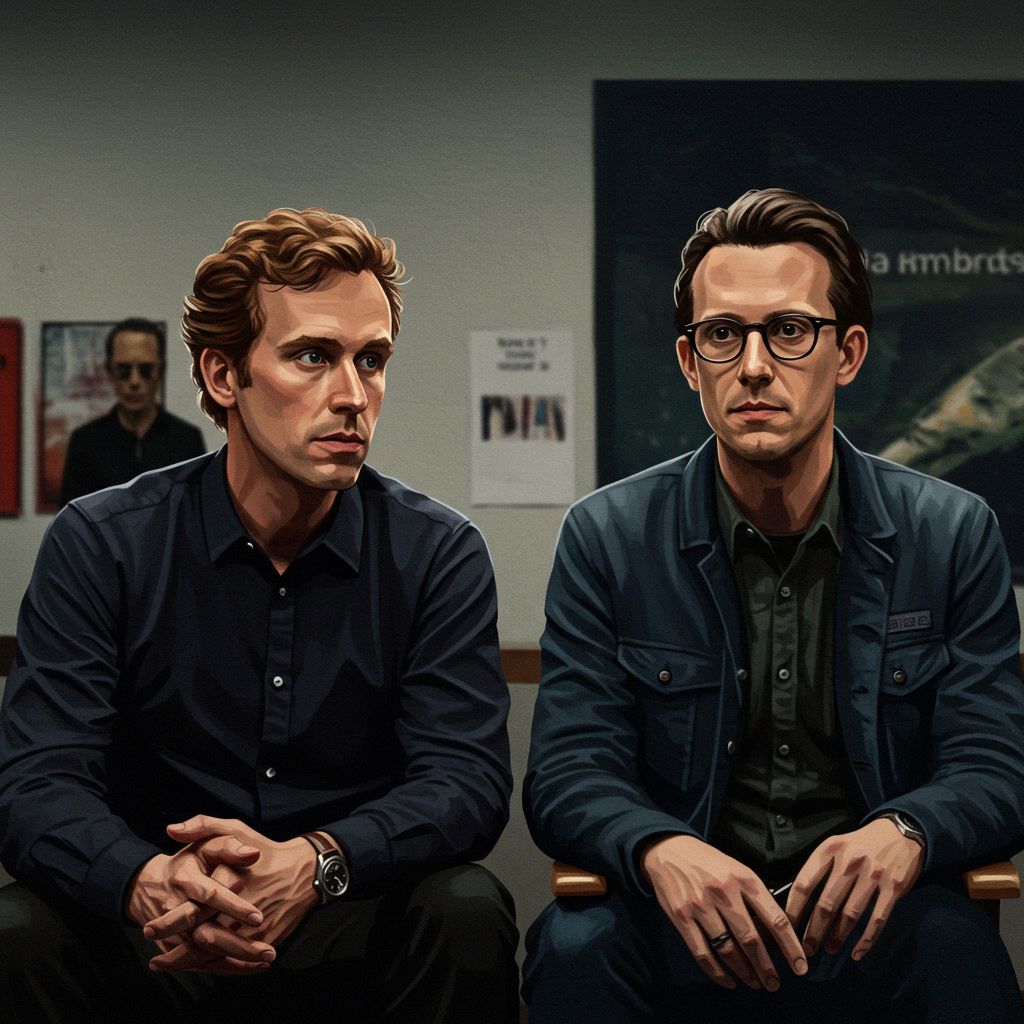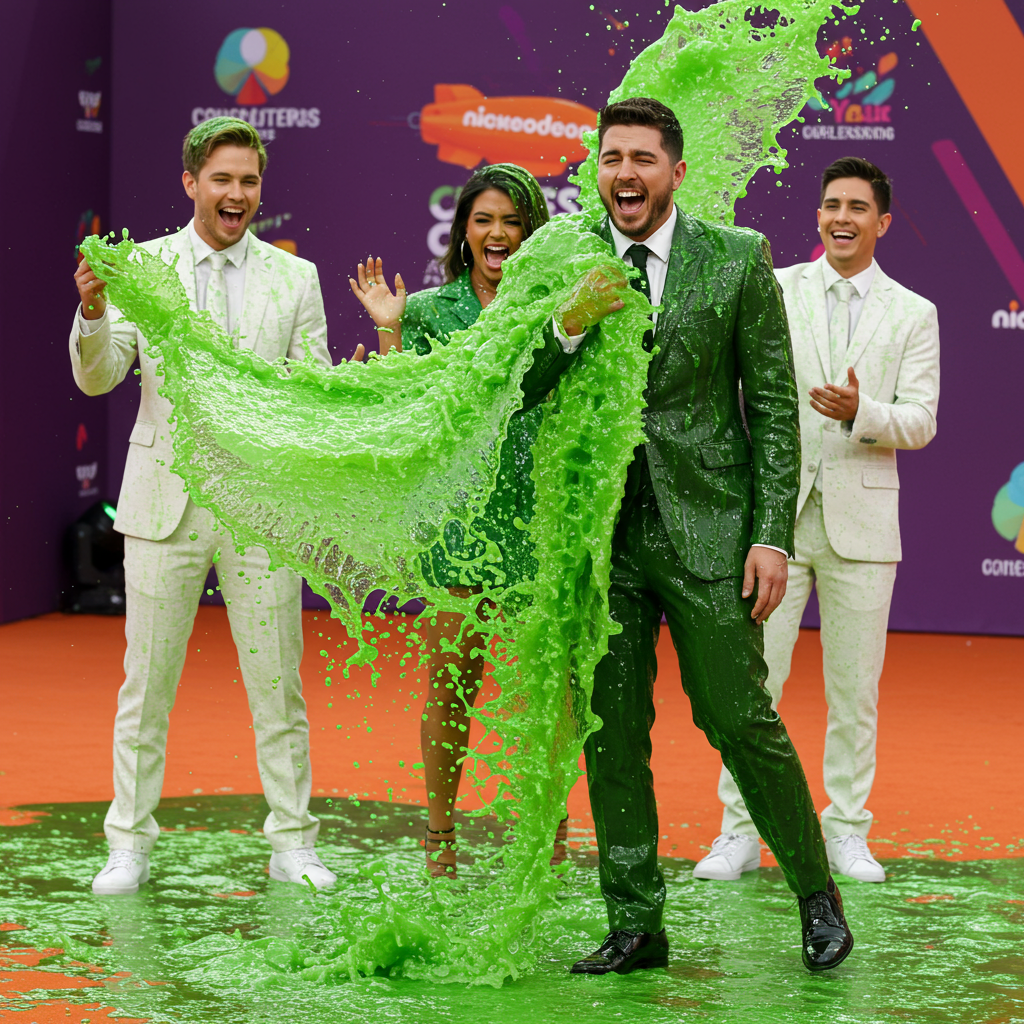Danny Boyle’s 28 Years Later Review: A Triumph
After more than two decades, the infected are back. The long-awaited third installment in the post-apocalyptic horror series, 28 Years Later, directed by Danny Boyle and written by Alex Garland, has arrived, and it’s generating significant buzz. Following the widely praised 28 Days Later (2002) and its sequel 28 Weeks Later (2007), this film was eagerly anticipated by fans, a sentiment highlighted by its recent trailer racking up millions of views online. The excitement surrounding the return of the original creative team was palpable, and based on early reviews, 28 Years Later not only lives up to expectations but, in the eyes of some critics, surpasses its predecessors, being hailed by film columnist Simon Ings as the best of the three.
Back to Britain: The Story Unfolds
Set 28 years after the initial outbreak of a neurotoxic rage virus that decimated continental Europe, the story returns to mainland Britain, which has been under strict international quarantine. The film centers on young Spike (Alfie Williams), a newcomer whose performance is definitely one to watch. Spike lives with his family in the relative safety of a small island off the northern coast, connected to the mainland only by a causeway passable at low tide.
At just 12 years old – perhaps young, but deemed ready by his father Jamie (Aaron Taylor-Johnson) – Spike embarks on a dangerous “blooding” expedition to the mainland. Amidst the vast, potentially trackless forests (though the film’s superb and chilling mise-en-scène is anything but trackless), he confronts the infected, showcasing courage by killing a slow one while narrowly escaping a blisteringly fast variant.
However, upon returning home, the celebratory, almost drunken welcome from his village sits uncomfortably with Spike, especially as his mother (Jodie Comer) is mysteriously bedridden and his father seems emotionally distant, seeking solace elsewhere. This prompts Spike to make a daring choice: sneak his mother off the island to search for a reclusive doctor, rumored to be the only hope, who lives a solitary life in the woods burning corpses.
A Human Story Amidst the Horror
28 Years Later is not a film defined by grand twists or convoluted plot devices. Instead, Boyle and Garland, having established the terrifying rules of this world in the first film, wonderfully stick to their guns. There’s no fatuous MacGuffin, no dumb quest, no magical grail, no grand unmasking.
While there are inventive flourishes – a small number of infected have survived and bred, hinting at a competitive species, and some have grown impressively large, possibly due to the virus’s steroid-like effects – these feel like organic updates or “patches and fixes” within the established reality. They fit the “make-and-mend-and-keep-going spirit” of communities like Spike’s village.
Despite playful cinematic nods and intercutting that hints at deeper historical or social commentary (using footage from Henry V, Great War newsreels, and 28 Weeks Later), the film’s intent is clear and profoundly human. Within a world steeped in decades of horror, the narrative focuses on an intimate story of loss and disillusionment, growing up and growing apart, and the difficult choices about solidarity versus self-reliance. These themes are conveyed through the credible words and reasonable actions of largely unexceptional human beings, making the stakes feel deeply personal.
Legacy, Casting, and Fan Buzz
The film reportedly features a modest budget, estimated between $60 million and $75 million, but the casting is meticulous. Performances are highlighted, such as Christopher Fulford’s effortless friendliness as Spike’s grandfather hinting at a harrowing past. The cast includes talented actors like Jodie Comer, Aaron Taylor-Johnson, and Ralph Fiennes, alongside newcomers like Alfie Williams. Also confirmed in the cast is Angus Neill, an art dealer talent-spotted by Boyle for his strikingly gaunt look, who played a key infected figure.
Neill’s appearance sparked significant fan speculation online, with many viewers believing they had spotted Cillian Murphy, the star of the original 28 Days Later, in the trailer. This widespread confusion, though later debunked by Sony Pictures, underscores the enduring legacy of the first film and the intense fan investment in the series’ continuity. While the specific figure was not Murphy, the episode became a fascinating footnote, possibly even an accidental marketing boon.
Comparing the films, 28 Days Later shocked audiences with its fast infected, and 28 Weeks Later was an ingenious sequel, expanding the world much like Aliens did for Alien. However, for some, 28 Years Later now carries the crown, delivering a deeply resonant continuation.
The Verdict and What’s Next
28 Years Later is hailed as a welcome and triumphant return to the world Boyle and Garland created over two decades ago. It successfully merges visceral horror with a poignant, character-driven narrative, proving the enduring strength of the franchise’s core concept.
And the story isn’t over. Another installment is already planned, tentatively titled ’28 Years Later Part II: The Bone Temple’, with Alex Garland scripting the follow-up and Nia DaCosta set to take over directing duties from Danny Boyle, promising more terrifying and human stories from this ravaged world.



